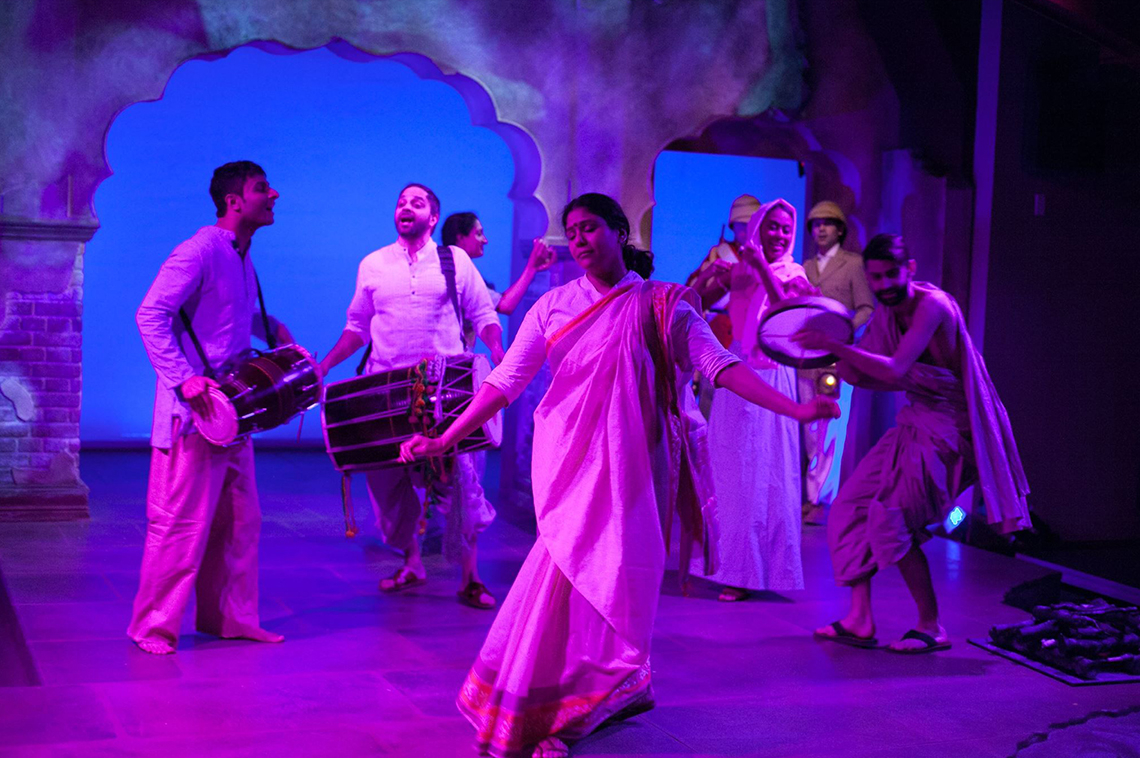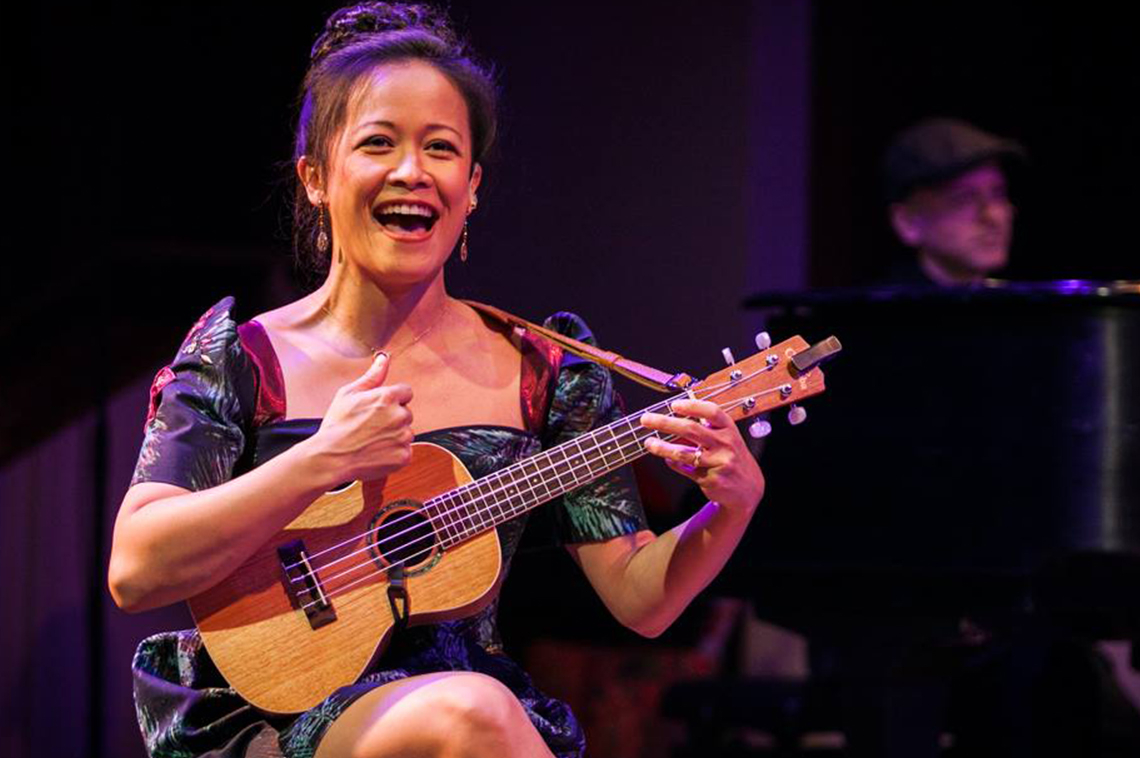

I believe that stories unleash curiosity. Stories take us on a journey with a character whose values may be diametrically opposed to our own but we go along because we are curious to see where their journey takes them. This process, of going down a path with the character, also leads us to see the world through a different lens. When a roomful of people all watch the same work of art, they can then discuss the characters’ journeys while reflecting on how their own worldview has expanded or shifted as a result.
After 9/11, my husband and I found ourselves looking at each other and wondering how we could respond to the “clash of civilizations” narrative that was taking hold in our government’s explanation of what happened. As new Americans, we realized very quickly that either we speak for ourselves or others will - and we won’t like what they have to say. My husband’s father is an immigrant from Syria; I’m an immigrant from Pakistan. We were both reminded of our responsibilities as relatively new citizens: to keep the country from harm. We went to work to take back our power, to tell our own stories. An so Silk Road Rising was born. Based in Chicago, the organization has been primarily dedicated to commissioning and producing plays about Asian Americans and Middle Eastern Americans.
We believe that words like “play” and “theatre” and “performance” are dynamic, not static. They evolve, they change, they are reinvented. We’re driven to have impact: to touch as many people as possible; to open as many minds as possible; as fast as possible; in as many places as we could possibly be present.
The internet is the modern Silk Road
Video content posted online has become the single most important means of content distribution for artists and producers the world over. We have embraced the notion that the internet is the 21st century’s version of the historic Silk Road: trade routes on which stories were exchanged between merchants turned into a digital forum for people to pass on their ideas, perspectives, and stories to each other. Thus, in a bid to stake out a space for Asian American and Middle Eastern American stories online, we launched what we call a “video play.”
A video play is a marriage of genres: conceived for the stage, interpreted cinematically, then rendered online. The video play rejects binaries of stage and screen and strives to create a viewing experience that approximates elements of attending both live theatre and the cinema. Our video plays discuss issues ranging from what it means to be an ally (“The Imam & The Homosexual”) to how difficult it can be to invite someone from the mainstream community to engage within your ethnic community (“The Balancing Arab”) to embodying critical cultural ideas (“Multi Meets Poly: Multiculturalism and Polyculturalism Go on a First Date”). In addition to video plays, we’ve created animations (“The Four Hijabs”) and documentaries (“Not Quite White: Arabs, Slavs, and the Contours of Contested Whiteness”).
The play happens online and in communities.
To facilitate online engagement, we create a website for each video play and upload each to YouTube, as well. This results in a sizable online viewership. Since this content can be engaged with any device that is connected to the internet (computer, tablet and smartphone), we’ve begun to cultivate a global audience. While 50% of our viewership is based in the US, the balance of the viewership comes to us from across the globe, ranging from Canada, the UK, and Germany to Malaysia, Saudi Arabia and Israel. While we initially conceived of digital work to be primarily accessed online, over time we realized that what we actually had was dramatic work that could be toured to communities: we could go to public libraries, social service agencies, colleges, boardrooms. And we do.
Community engagement by talking
What we’re learning is that people are hungry to engage in the discussions that our work fosters. When we tour with our video plays, we begin by contextualizing the digital artwork before the screening. Then, we hold typically a 45 to 60 minute discussion with those in attendance. These discussions are at the heart of community engagement. Attendees use the artistic framework presented in the video play to respond to the themes and ideas broached in the video with agreement, disagreement, or introspection. When confronted with their personal reality, people often become combative; fiction serves to create a crucial distance. Thanks to the framework of the video play, audiences feel comfortable articulating their own thoughts about social issues that are transferable from the video into their communities.
We’re thrilled that our approach to expanding the communities served through our video plays was recently recognized by American Theatre Wing. Check out the short film Working in the Theatre: In the Field - Silk Road Rising that brings to life the many ways our video plays are utilized.





